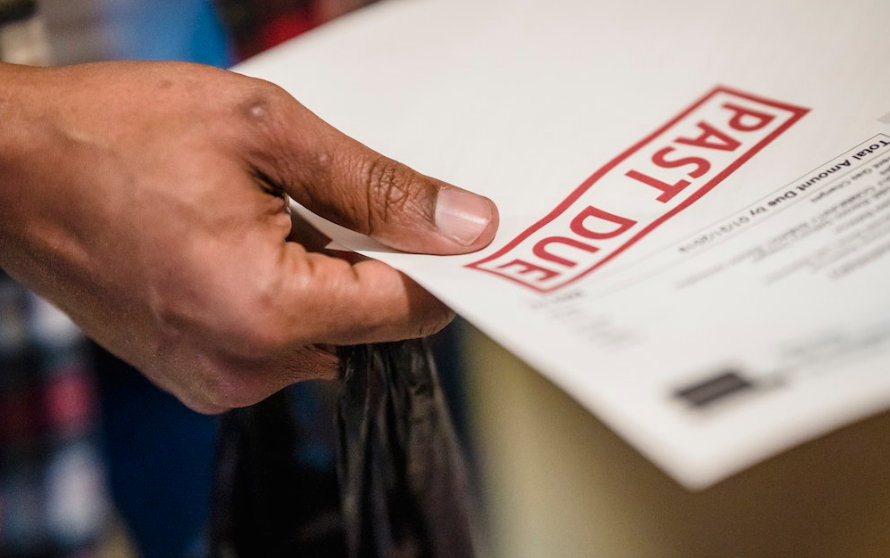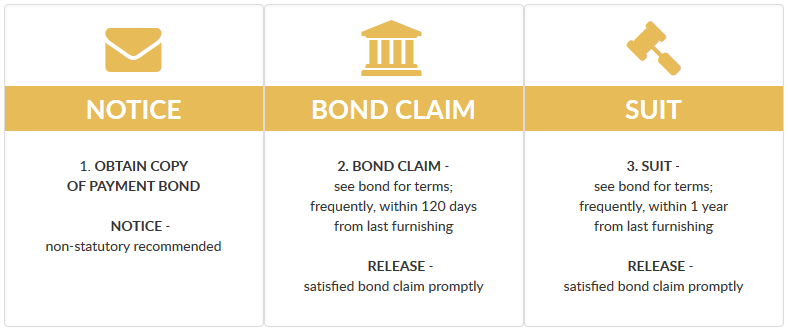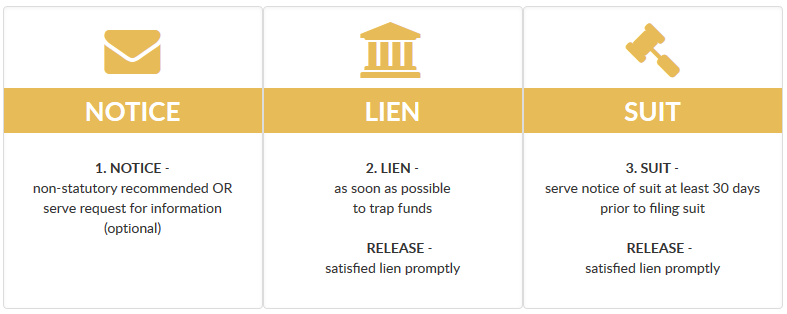
Fireworks Flew When the Owner Failed to Pay the Contractor: Explosive Mechanic’s Lien Claim
It’s an explosive case of an unpaid contractor! No, it really is explosive.
In Tennessee, a project owner appealed a trial court’s decision, which awarded claims, interest and attorney fees to the general contractor.
There are several issues addressed in the case of Beacon4, LLC v. I & L Investments, LLC, but the two issues we review are counts V. and VII.: “Willful and Gross Exaggeration of Lien Claim” and “Prompt Pay Act of 1991.”
Backstory
Beacon4, LLC (“Beacon4”) was one of several parties hired by I & L Investments, LLC (“I & L”) for the construction of a retail store, Fireworks Over America, located in Tennessee.
This project was divided into two separate contracts: site contract & building contract; Beacon4 was the general contractor for both. The site contract was executed February 7, 2011 and on May 17, 2011, the certificate of occupancy was granted.
Per the court of appeals opinion, Beacon4 was unpaid for a portion of work supplied under the site contract and subsequently filed a mechanic’s lien for $212,856.02, which leads us to count five of the opinion, where I & L argued that Beacon4 exaggerated its claim amount.
Count V: Willful and Gross Exaggeration of Lien Claim
I & L argued that Beacon4’s lien should be invalidated based on an inaccurate claim amount. Apparently, Beacon4 had added $45,000 to their unpaid claim because Beacon4 believed this $45k would compensate them for “the amount of time and effort that [he] had put into this project, over and above execution of the project.” (There were a lot of changes to the project’s scope, some were in the form of approved change orders & some were not.)
Per Tennessee Code Annotated § 66-11-120, the claim amount in the lien should not exceed the amount of the contract.
“The claims secured by lien for work, labor, materials, equipment, services, machinery, overhead and profit, shall not exceed the contract price and extras in the contract between the owner and the prime contractor.” – Tenn. Code Ann. § 66-11-120
And, per Tennessee Code Annotated § 66-11-139, it’s up to the court to determine whether a claimant, who has exaggerated its claim, is permitted to recover monies.
“If, in any action to enforce the lien provided by this chapter, the court finds that any lienor has willfully and grossly exaggerated the amount for which that person claims a lien, as stated in that person’s notice of lien or pleading filed, in the discretion of the court, no recovery may be allowed thereon, and the lienor may be liable for any actual expenses incurred by the injured party, including attorneys’ fees, as a result of the lienor’s exaggeration.” – Tenn. Code Ann. § 66-11-13
During trial, Beacon4 voluntarily amended their lien claim down to $167,026.15, which was the amount supported by evidence. It was up to I & L to prove that Beacon4, in bad faith, inflated their claim and that the inflated amount brought harm to I & L. I & L did not meet the burden of proof.
“As to I & L’s asserted defense that Beacon4 had willfully and grossly exaggerated its lien claim, the court found that Beacon4, through Mr. Russell, had “reasonably believed” that certain consequential damages could be included in the lien claim and that Beacon4 subsequently had appropriately moved to amend its complaint to reduce the lien claim by $45,000.00 to conform to the evidence. The court therefore determined that Beacon4 had not willfully and grossly exaggerated its lien claim.”
Therefore, the appeals court upheld the trial court’s decision to permit Beacon4’s lien and deny I & L’s motion to dismiss the lien.
Count VII: Prompt Pay Act of 1991
During the initial trial, the court found that I & L, in bad faith, had violated the Prompt Pay Act. I & L was withholding retainage, in the amount of $46,942.75, and claimed it held the retainage in compliance with statute. Unfortunately, I & L didn’t closely review statute:
66-34-204. Payment of retainage by owner.
When an owner:
(1) Has received a use and/or occupancy permit for an improvement from a governmental agency lawfully issuing such permit;
(2) Has received a certificate of substantial completion from an architect charged with supervision of the construction of an improvement; or
(3) Begins to use or could have begun to use an improvement; – Tenn. Code Ann. § 66-34-204
the owner shall, after any such event and pursuant to the terms of the written contract, pay to the contractor all retainage the owner may have withheld pursuant to the written contract, except any sum which the owner may reasonably withhold in accordance with the written contract between the owner and the contractor; provided, however, that the retainage must be paid within ninety (90) days after the date of the occurrence of an event included in subdivision (1), (2) or (3).
Based on the date the certificate of occupancy was issued, May 17, 2011, I & L was required to pay the retainage by August 17, 2011 and they did not.
Prompt Pay Talk Snowballed
The issue of Prompt Pay then snowballed into a lengthy discussion regarding what constitutes completion; based on various work performed under the two contracts, I & L argued that it complied accordingly. Ultimately, the appeals court sided with Beacon4, and agreed with the trial court: I & L did violate the prompt pay act.
“The trial court further found that through Mr. Butler’s actions, I & L had acted in bad faith and with ’reckless disregard of Beacon4’s contractual rights.’ Upon this finding of bad faith, the court awarded reasonable attorney’s fees to Beacon4 pursuant to the PPA. See Tenn. Code Ann. § 66-34-602(b) (providing that ‘[r]easonable attorney’s fees may be awarded against the nonprevailing party; provided, that such nonprevailing party has acted in bad faith.’).”
Warning: Explosive
This post is just a glimpse at the issues raised in this case. Among the addressed issues, make sure you have documentation to support your claim amount and follow prompt pay guidelines with the strictest of interpretations.











